
A picture of Hankow city hall in the 1931 flood. In the summer of 1931, the Yangtze River flood in eastern China became one of history’s deadliest disasters, impacting over 25 million people and claiming 2 million lives.
The 1931 Yangtze River flood affected 25 million people and took 2 million lives. Recent research links the disaster to both tropical and extratropical factors, with inadequate flood control measures exacerbating its impact.
In the summer of 1931, an unprecedented calamity unfolded along the Yangtze River basin in eastern China — the 1931 Yangtze River flood, known as one of history’s deadliest natural disasters. This cataclysmic event submerged a staggering 180,000 km2, affected 25 million lives, and tragically claimed over 2 million lives.
Despite its immense societal impact, the origins of this monumental flood have remained largely unexplored, a challenge compounded by the scarcity of historical records and pre-1950s meteorological data in China. Recent access to crucial historical datasets has, however, unlocked the ability to investigate the 1931 Yangtze River flood.
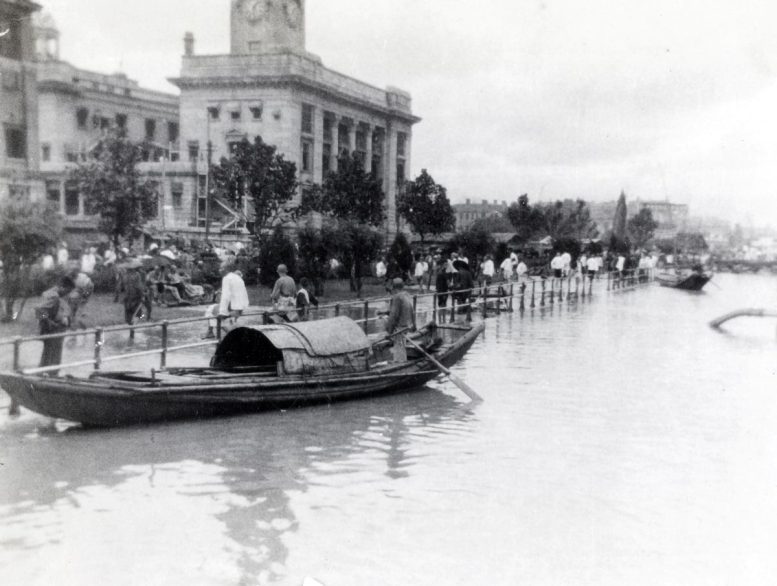
Sampans by Hankou Bund during 1931 floods, Wuhan. Collected by John (‘Jack’) William Ephgrave, available at Historical Photographs of China under reference number Ep01-262, University of Bristol. Credit: John (‘Jack’) William Ephgrave
Recent Research Findings
A recent study published in the Journal of Climate has investigated the facts and underlying mechanisms of the 1931 Yangtze River flood. They found that the flood resulted from the combined effects of tropical El Nino–related sea surface temperature forcing and extratropical wave activities over the Eurasian continent. They also suggested that the flood was a preconditioned compound event, potentially aggravated by preceding springtime heavy precipitation.
Leading this research effort was Prof. Tianjun Zhou of the Institute of Atmospheric Physics (IAP) at the Chinese Academy of Sciences. The study hinged on an array of compelling evidence, including instrumental observations, reanalysis datasets, and simulations conducted with atmospheric general circulation models driven by historical sea surface temperatures.
“We found that the flooding in 1931 along the Yangtze River valley was driven by July rainfall. While the July 1931 rainfall totals rank second over the past century, they surpassed those of many other pluvial years between 1951 and 2010 in terms of persistence,” said Yueqi Zhou, the first author of the study, a Ph. D student from the University of the Chinese Academy of Sciences studying at IAP.
Mechanisms and Aftermath
The researchers found that the persistent rainfall in July 1931 was associated with a steady western Pacific subtropical high (WPSH). Warm sea surface temperature anomalies in the tropical Indian Ocean, following an El Nino event, caused the WPSH to extend southwestward. Concurrently, the southward shift of the westerly jet, driven by extratropical wave activities, impeded the typical northward progression of the WPSH for July. This consistent westward expansion of the WPSH anchored the rainband along the Yangtze River, precipitating the disaster.
In their study, the scientists also examined the flood control and relief efforts regarding this event. They suggested that the lack of adequate preventative, responsive, and adaptive measures contributed significantly to the catastrophic aftermath.
“This historical event demands deeper scrutiny within the climate change adaptation community,” said Prof. Tianjun Zhou, the corresponding author of the study.
Reference: “Understanding the Forcing Mechanisms of the 1931 Summer Flood along the Yangtze River, the World’s Deadliest Flood on Record” by Yueqi Zhou, Tianjun Zhou, Jie Jiang, Xiaolong Chen, Bo Wu, Shuai Hu and Mingna Wu, 28 August 2023, Journal of Climate.
DOI: 10.1175/JCLI-D-22-0771.1

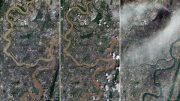
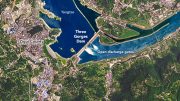

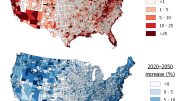
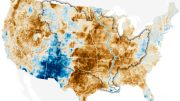

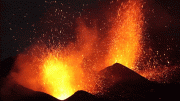
to confusing